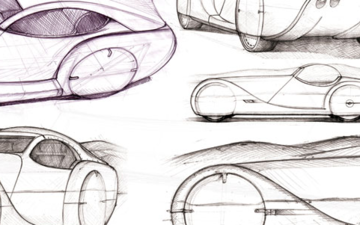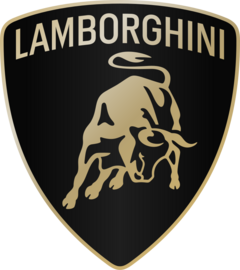Marcello Gandini
Designer
Marcello Gandini is an Italian car designer, known for his work with the automotive design house Gruppo Bertone, including his design of the Lamborghini Countach. Gandini belongs to a triumvirate, along with Giorgetto Giugiaro and Leonardo Fioravanti, of noted Italian car designers, all born in 1938, within months of each other.
In a 2009 interview with Robert Cumberford, editor at Automobile Magazine, Gandini indicated "his design interests are focused on vehicle architecture, construction, assembly, and mechanisms - not appearance." Gandini was one of twenty-five designers nominated for Car Designer of the Century.
Subject ID: 3786
MoreMarcello Gandini is an Italian car designer, known for his work with the automotive design house Gruppo Bertone, including his design of the Lamborghini Countach. Gandini belongs to a triumvirate, along with Giorgetto Giugiaro and Leonardo Fioravanti, of noted Italian car designers, all born in 1938, within months of each other.
In a 2009 interview with Robert Cumberford, editor at Automobile Magazine, Gandini indicated "his design interests are focused on vehicle architecture, construction, assembly, and mechanisms - not appearance." Gandini was one of twenty-five designers nominated for Car Designer of the Century.
Subject ID: 3786
Subject ID: 3786

